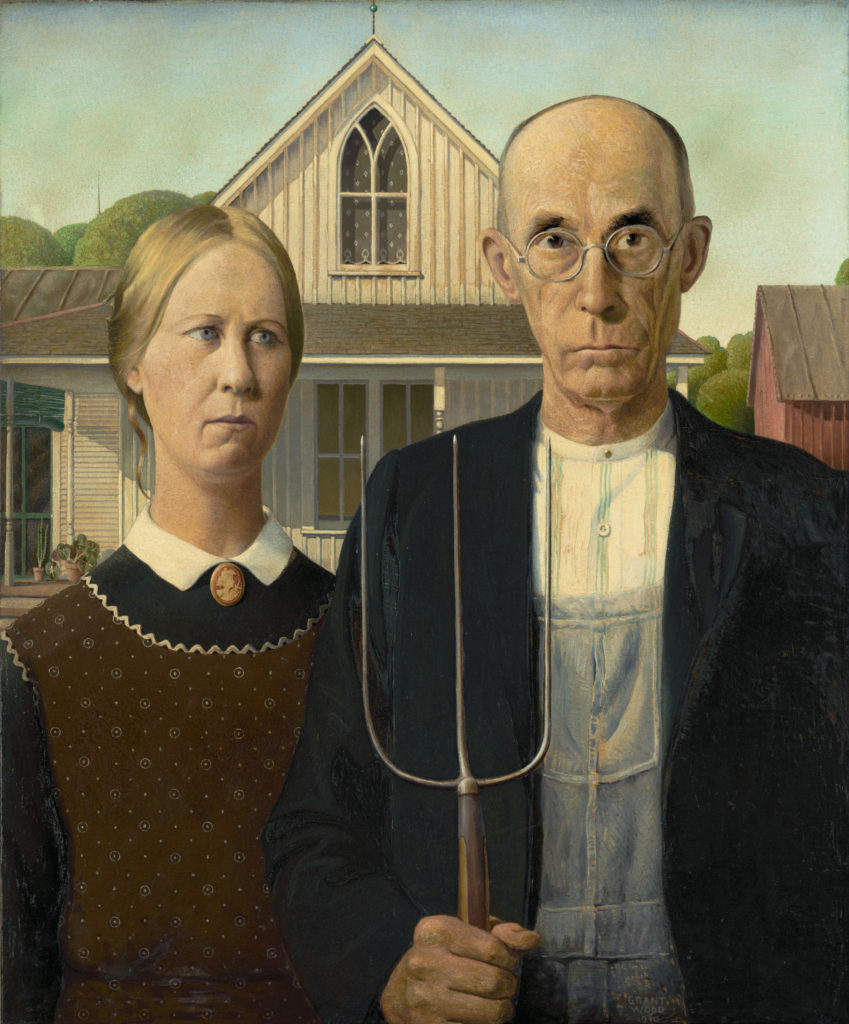[This post was written in the spring 2018 semester for Karrie Fuller's course on Chaucer’s Canterbury Tales. It responds to the prompt posted here.]
Geoffrey Chaucer’s Wife of Bath is a potential medieval husband’s worst nightmare: this Canterbury Tales pilgrim is bawdy, aggressively forward with her sexuality, power-hungry, and perhaps most offensively of all, average looking, at best. So terrifying are her confessions of sexual manipulation, that the Pardoner even interupts her Prologue with claims that he is now questioning his own impending marriage: “I was about to wed a wife, alas! / Why should I pay so dearly for it with my flesh?” (166–67, my translation). The Wife of Bath appears to be perpetuating negative portrayals of women; at the same time, she also appears to be satirizing men’s fears and anxieties about their wives and, by extension, all of womankind. Her extremely colorful (read: dirty and borderline-absurdist) humor could render her possibly anti-feminist tendencies to be ironic, along with her ability to engage with clerical knowledge, refusal to conform to restrictive expectations of women’s sexuality, and, ultimately, her ability to gain sovereignty, have been cited by many scholars to argue that the Wife of Bath is a proto-feminist. And certainly, there is ample evidence to suggest that she is—see, for instance, Jessica Ping’s “Big Reputation,” which argues for reading the Wife of Bath as a Taylor Swift–type, who is herself an extremely problematic figure for many modern feminists.
Regardless, for many modern readers, it can be difficult to fully distinguish these subversions of feminine expectations from a reading that understands her as a woman who fulfills all of the medieval man’s worst fears about women. Many readers are caught in a web of interpretations: is the Wife of Bath proto-feminist for wanting control in her marriages? Pseudofeminist for being promiscuous and having five husbands? Or, ironically pseudofeminist to the point of coming back around to feminist? The lack of clarity surrounding whether the Wife of Bath is normative or revolutionary makes it an extremely relevant text for contemporary fourth-wave feminism, which has seen young women, in particular, re-embrace typically “feminine” things that had previously been cast aside in a revolt against feminine expectations.
The character Amy Dunne—of the novel and film Gone Girl—also presents a complicated tension between perpetuation and deconstruction of feminist and anti-feminist tropes. Granted, Amy’s subversion of feminine tropes are far bloodier and terrifying than the Wife of Bath’s, but the plurality of possible readings are the same. Amy herself deconstructs the idea of the “Cool Girl”—the idealized woman she tried so hard to be—in a now-infamous monologue that appears in both the novel and the film:
Being the Cool Girl means I am a hot, brilliant, funny woman who adores football, poker, dirty jokes, and burping, who plays video games, drinks cheap beer, loves threesomes and anal sex, and jams hot dogs and hamburgers into her mouth like she’s hosting the world’s biggest culinary gang bang while somehow maintaining a size 2, because Cool Girls are above all hot. (Flynn 222)
Amy, by casting off her “Cool Girl” veneer, becomes a far darker version of the Wife of Bath: she, too, seeks to sexually manipulate the men in her life—via false rape accusations and pregnancies—and commandeer total power by fulfilling every anxiety, every fear that the contemporary man has about women. Chaucer’s medieval everyman fears their wife siphoning their money; Flynn’s contemporary everyman fears “crazy bitches” who ruin their lives with statistically improbable rape accusations and have complete financial power over them because they’ve been emasculated by their inability to be the breadwinner. Gone Girl’s author, Gillian Flynn, has been accused of misogyny because of her portrayal of Amy’s evilness: she lies about being raped on multiple occasions, goes to unbelievable lengths to manipulate the men in her life, and makes the typical “femme fatale” seem lighthearted and playful. Frankly, Amy’s a “psychotic bitch,” but does that make her antifeminist? Or is allowing a feminine character to revel in simply being a “psychotic bitch” without a necessarily political agenda feminist in its own right?
Both Gone Girl and The Wife of Bath’s Prologue are successful in how they tease out complicated questions of femininity and its place in society. What are the boundaries between a good woman, a good feminist, and a good character? These are the questions that force the reader to reconsider their own expectations for and conceptions of gender, which can create a feminist narrative, even if the characters end up not being so. Whether or not a character is feminist might even be an arbitrary question; while much of the discourse surrounding Amy Dunne is centered on feminism, this video from Vanity Fair analyzes her character from a psychological standpoint, with no mention of whether she’s “feminist” or not.
Regardless of Chaucer’s intention when crafting the Wife of Bath’s character as well as his other female characters, a clever modern reader can see she is an embodiment of the most stereotypical fears of men (see Tess Kaiser’s “Chaucer’s Envoy, Gone Girl, and Pseudo-Feminsim” to explore the question of feminism and pseudo-feminism in The Clerk’s Tale]. In her Prologue, the wife of Bath says “I had [my husbands] wholly in my hand / and since they had given me all their land, / Why should I take heed to please them, / Unless it were for my profit and pleasure?” (Chaucer 211–14, my translation). The Wife of Bath, claiming to use her husbands for their assets and control them with sex, plays off the same core of insecurity that Amy does: sexuality and power dynamics within marriage. The manifestations are different, but there is still some universal commentary about the nature of men—and, almost necessarily, the nature of women—that’s being made by how they toy with and fuel those fears.
Above all, the Wife of Bath and Amy are threatening because they are coded as typically masculine: they’re strong, and complicated, and clever, and crave power. Whether it’s feminist to defy gender norms or anti-feminist to suggest that the only strong woman is a masculine woman is precisely Flynn’s point; whatever Chaucer’s intention was, a modern reading of a medieval character is clearly inspirational to imagined gender relations. The strength of The Wife of Bath’s Tale and Gone Girl is that neither of them are clear-cut; the reader is forced to confront their own opinions about gender.
Megan Valley
University of Notre Dame
Works Cited
Chaucer, Geoffrey. The Canterbury Tales. Edited by Robert Boenig and Andrew Taylor, 2nd ed., Broadview editions, 2012.
Flynn, Gillian. Gone Girl. New York, Broadway Books, 2012.




